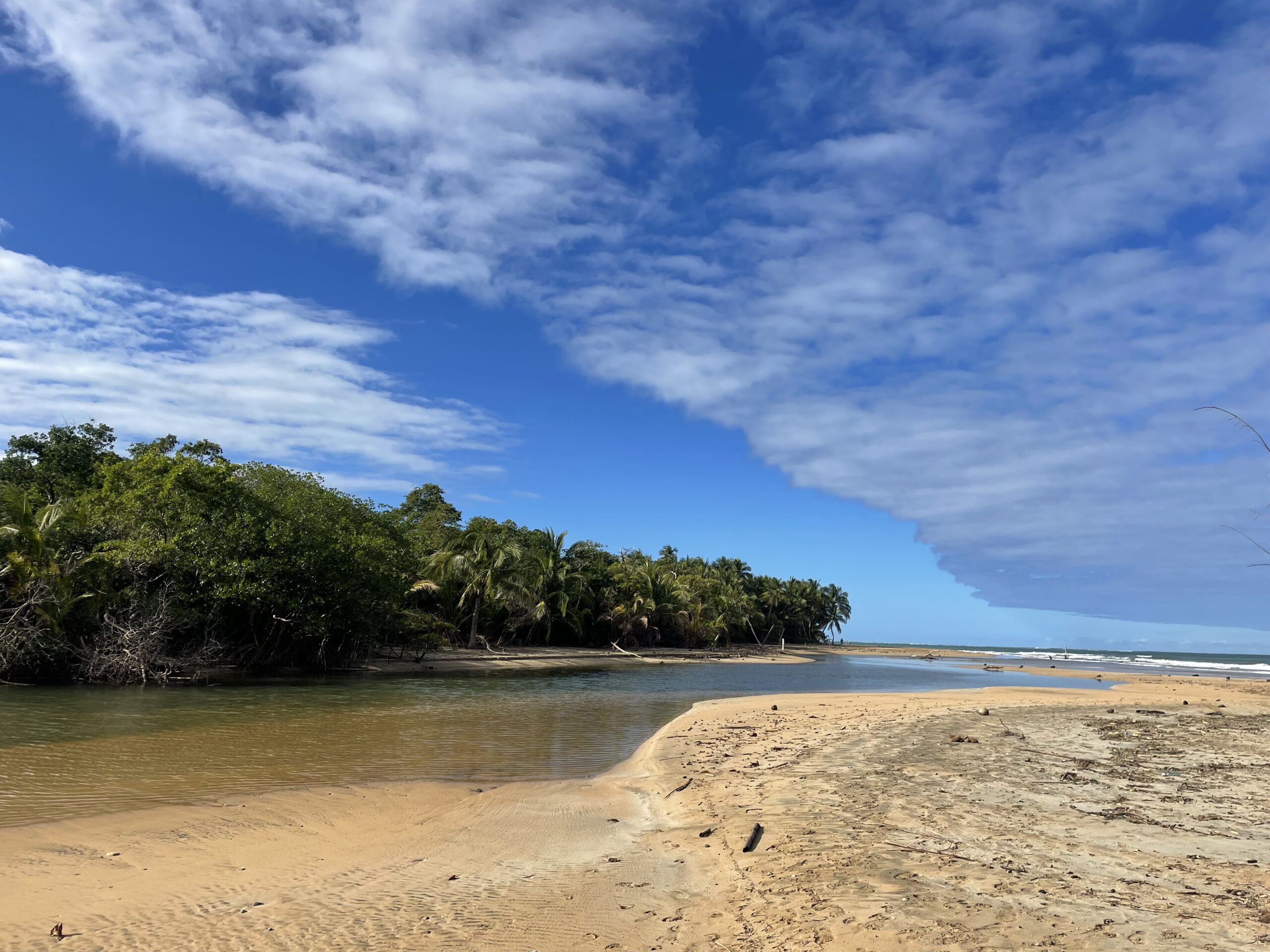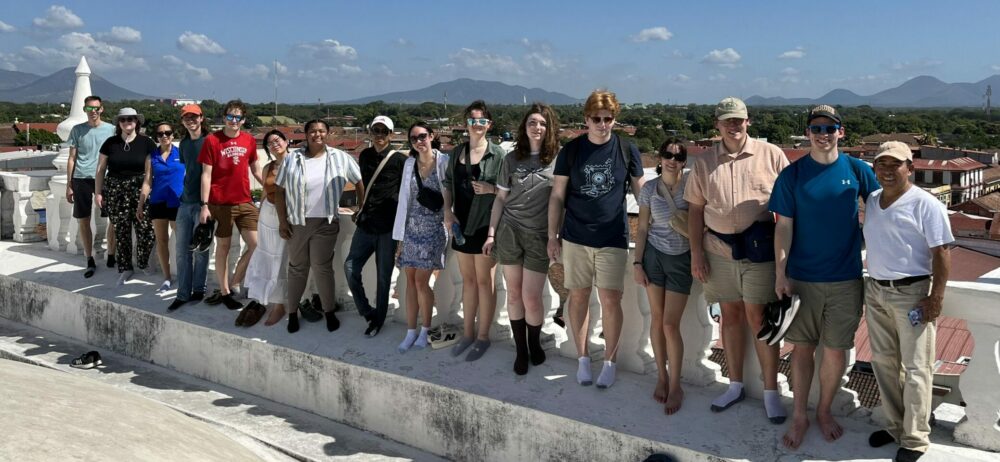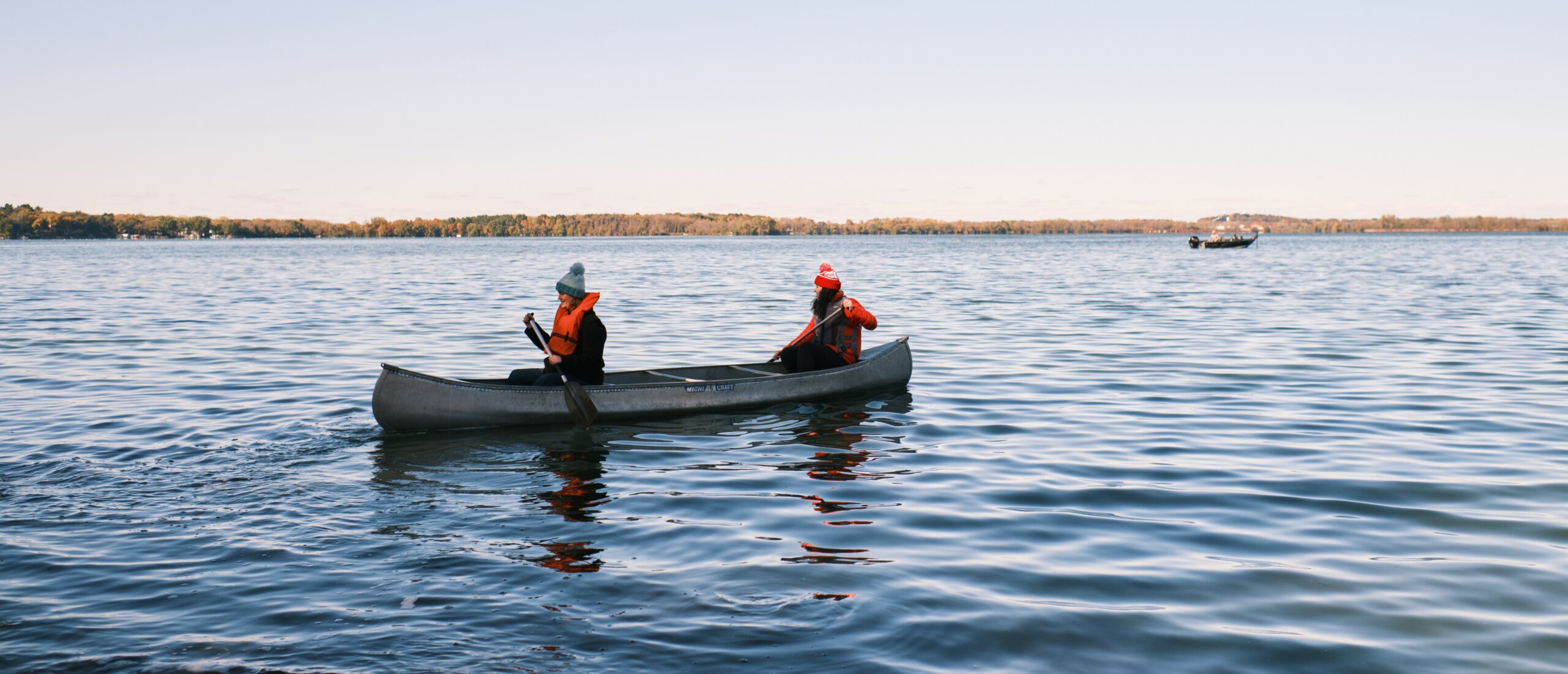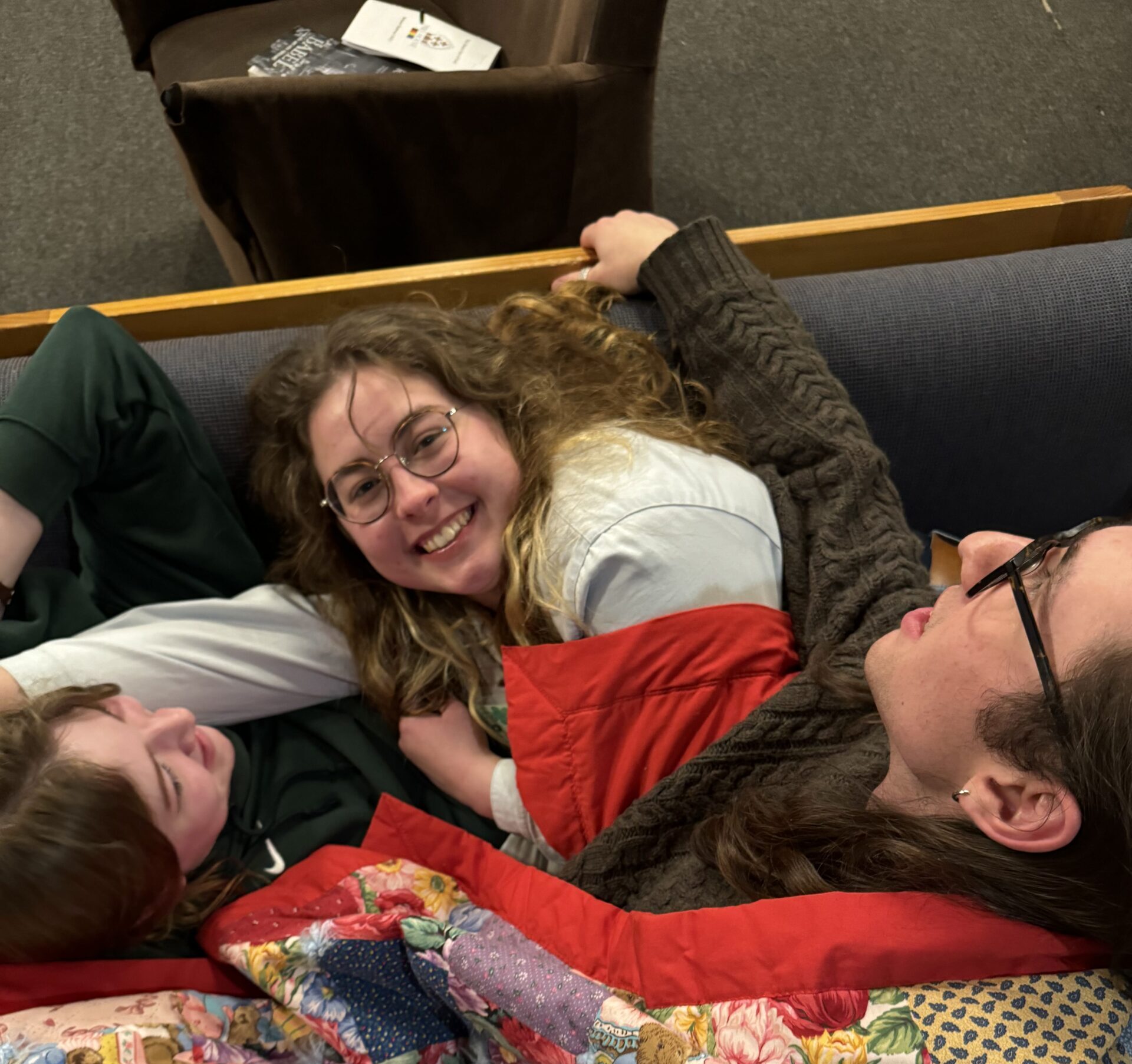There are many reasons why I like Pres House. Food, of course. Fun events. Great…

BWAP 2023: The Cost of Paradise ~ Lydia Larsen
I want you all to close your eyes for a minute. I want you to picture yourself walking through a rainforest. It’s dense and green and hot and sunny. You walk along this trail until you reach the end and walk out onto a sandy beach. To your right is the ocean. The water is bright blue, and waves are crashing against the beach. That ocean flows into a river that is running past your feet. As you turn to the left you watch that river flow through a tropical rainforest. Far in the distance, you see mountains, also covered in bright green foliage, and shrouded in mist.
You can all open your eyes. This may all seem like a dream, but it wasn’t. I was there. I felt the breeze in my hair, dipped my hand into the river, and walked along that beach. Simply put, it’s paradise.
But on the other end of that trail is a neighborhood called Loiza. We drove through Lozia many times on our trip. In that instance, I rode not with my fellow Pres House friends, but with a man named Juan. Juan is Puerto Rican and a U.S. military veteran who helped and directed a lot of our work in Puerto Rico. Simply put, Juan is one of the most outspoken, passionate, and honest people I’ve ever met.
As we drove through Loiza together, Juan explained that this area of the island’s population is majority Black. When the island’s enslaved Africans were released, many settled in that area. Prior to their release, slaves took the last name of their enslavers. As a vestige of this past, many people in Loiza share the same last name but aren’t biologically related.
As we drove to the beach, I looked out the left side of the car at rows of houses. Many were brightly colored, painted in candy pinks and bright sky blues. Many were run down, bearing the scars of Hurricanes Maria and Fiona. Others were simply gone.
“You really don’t want to be here at night,” Juan said.
He paused for a second, looked at me, and said, “It’s the ghetto.”
We stopped the van right in front of a house. This house was not like the brightly colored one-story houses in Loiza. It was at least three stories tall, a giant, glass structure behind a tall fence.
So, I asked Juan, “They’re building vacation homes in the ghetto?”
And Juan, who always had something to say, didn’t offer more than a, “Yeah.”
He pulled to the side of the road and pointed to a bright pink house, one of the last homes on the beach that hadn’t been demolished and rebuilt into an expensive rental. It occupied a small strip of land on the shoreline.
“See that house?” he said, “That piece of property? Easily worth a million dollars.”
As we pulled away, I couldn’t help but wonder how long it would be until those million-dollar property values pushed the residents of Loiza out. How long will it be until those candy-colored houses are demolished, replaced by a crypto millionaire in a glass monstrosity of a building, surrounded by a high, barbed wire fence?
Where will Loiza go? What will it become? Where will its people live? What makes Loiza a “paradise” and how much does it cost?
Lydia Larsen is a senior studying genetics and life sciences communication.
Read the rest of the BWAP 2023 reflections:
Laura Hyde ~ “Unexpected Connections”
Lauren Pettis ~ “From Learning to Living”
Lydia Larsen ~ “The Cost of Paradise”
Aurora Kuelbs ~ “Deep Roots”
Mei Hippe ~ “Deep Love”
Kevin Lee ~ “What the Great Commission Didn’t Tell Me”
Madelyn Peppard ~ “Three Kings Day, a Four-Day Celebration”
Learn more about our partners for BWAP 2023:
Presbyterian Disaster Assistance – Puerto Rico
Techos Pa’ Mi Gente



